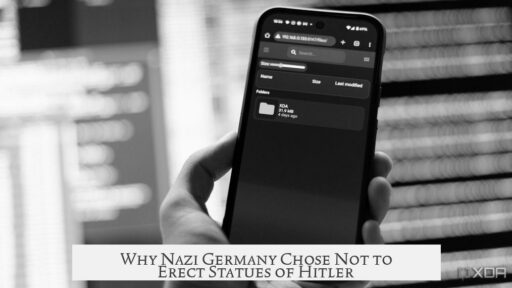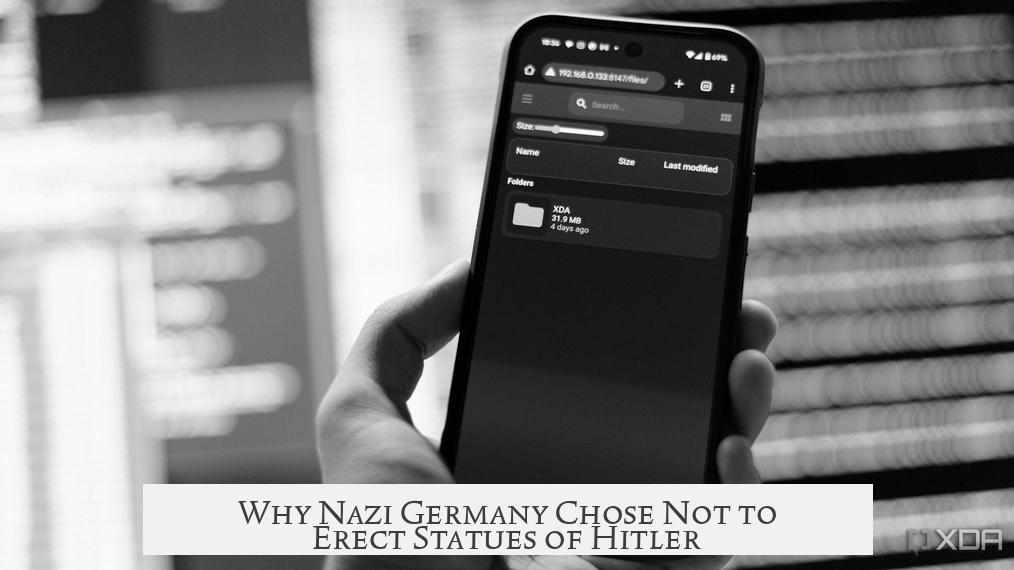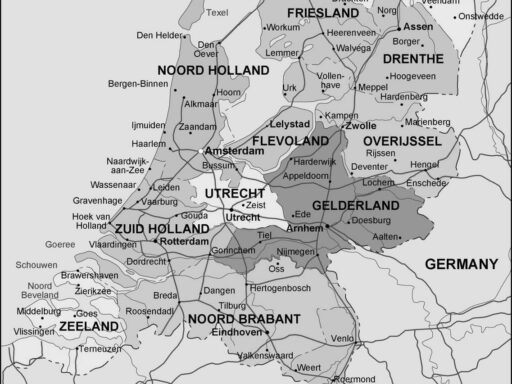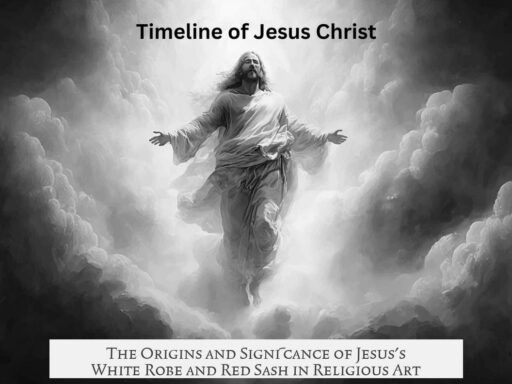There were no public statues of Adolf Hitler in Nazi Germany because the cultural, ideological, and practical contexts discouraged such monuments during his lifetime. The tradition in Germany reserved statues mainly for historic, established figures such as royalty, generals, and statesmen with proven legacies. Hitler’s rapid rise to power did not afford enough time or achievements that would justify the common practice of erecting statues. Furthermore, Nazi ideology and Hitler’s crafted personality cult emphasized collective sacrifice over individual glorification, which conflicted with the idea of immortalizing a living leader through statues.
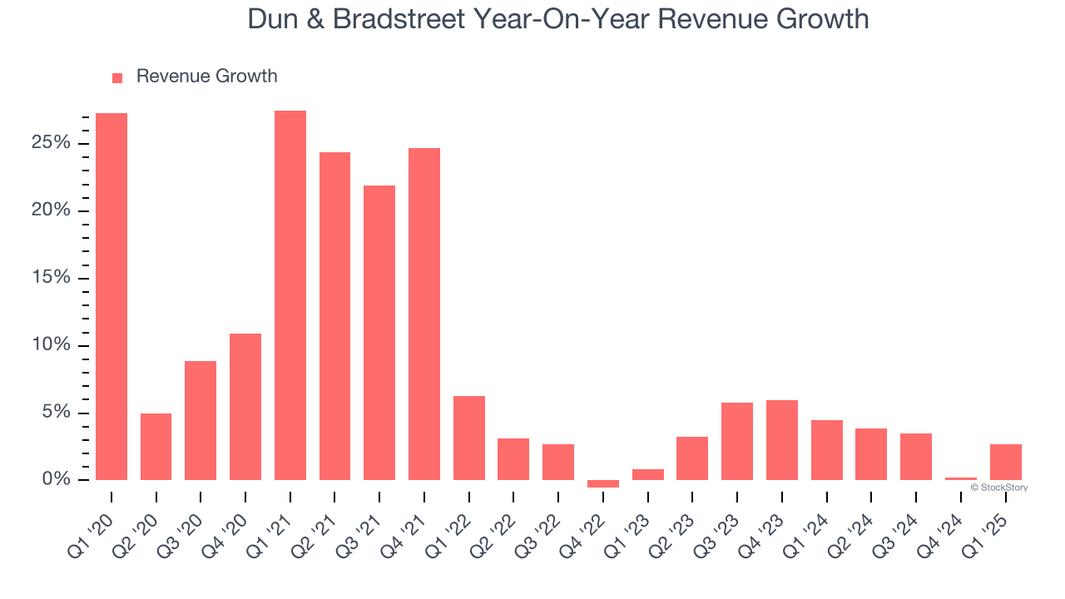
Statues in 19th and 20th-century Germany were rarely placed for living individuals. Usually, statues commemorated figures with a completed legacy. Kings, emperors, and generals were typical subjects. For example, Otto von Bismarck, a historical German statesman, received his first public statue in 1877 but most were erected only after his death in 1898. Hitler gained dictatorial control in 1933 but had not yet performed feats comparable to such historical figures that merited statues. His involvement in World War I and awards like the Iron Cross were shared by millions of Germans, so they provided little unique basis for statues.
Hitler’s most notable achievement before World War II was the 1938 annexation of Austria, which arguably could have justified statues. However, even then, the period from 1938 to the outbreak of war in 1939 was too brief to erect monuments. After the war began, the uncertain situation and need to focus resources on the war effort made building statues impractical. Materials would have been redirected to military production, further prejudicing large monuments.
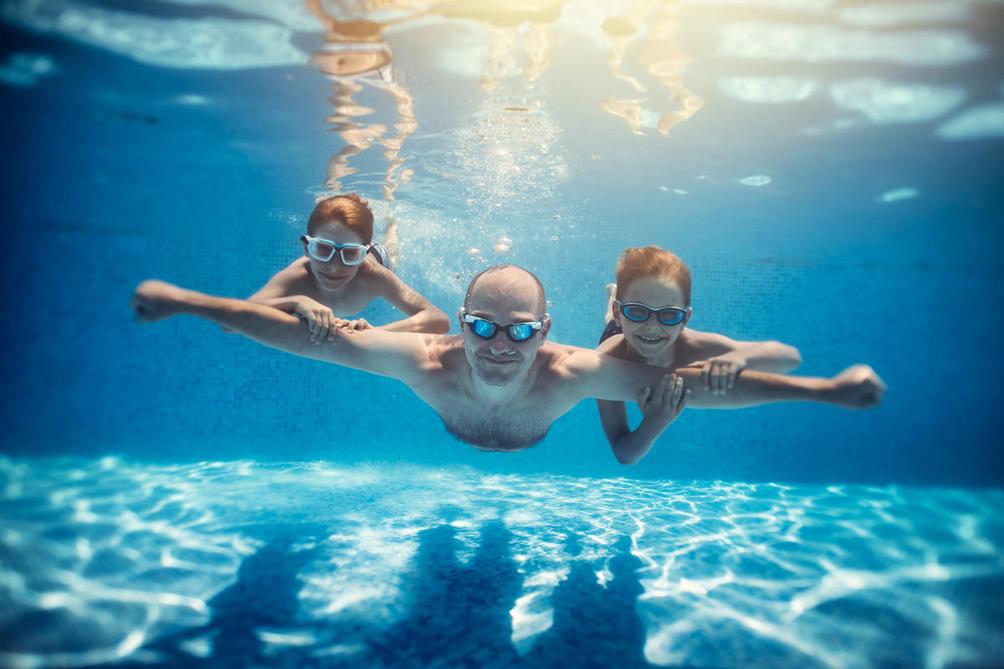
Nazi ideology played a significant role in avoiding Hitler’s statues. The regime promoted a cult of personality portraying Hitler not as a glorified ruler but as a self-sacrificing savior of Germany. The focus was on his mission to restore the nation, emphasizing humility rather than personal pride or ambition. The collective Volksgemeinschaft (people’s community) was prioritized over any individual’s image. As such, public art and architecture in Nazi Germany highlighted idealized Aryan figures, workers, soldiers, and mothers, rather than the leader’s likeness.
Within Hitler’s personal preference, he avoided public statues of himself. The only known portrait painted from life hung in his private residence, the Berghof. Nazi propaganda rarely showcased Hitler’s image directly; instead, it focused on symbolic representations of the German people and their supposed virtues. Most memorabilia featuring Hitler’s image, such as busts and statuettes, were produced by private companies and distributed as collectibles rather than official public monuments. State-produced items featuring Hitler, such as a limited series of postal stamps, were minimal.

The Reich Chancellery—Hitler’s government office—did not contain statues or a large portrait of him. Even grand architectural plans for Berlin’s transformation into “Germania” included mythical Aryan figures and emphasized the state’s glory, not Hitler’s personal image. This illustrative restraint aligned with the ideological rejection of individual hero worship in favor of collective heroism.
Additional factors explaining the absence of Hitler statues include his relative lack of enduring accomplishments during peacetime and his declining popularity in the latter war years. Also, due to economic and material shortages caused by the war, resources for building monumental statues were scarce. The practical limitations, combined with Nazi cultural emphasis on group representation, effectively prevented any public statues of Hitler from being erected.
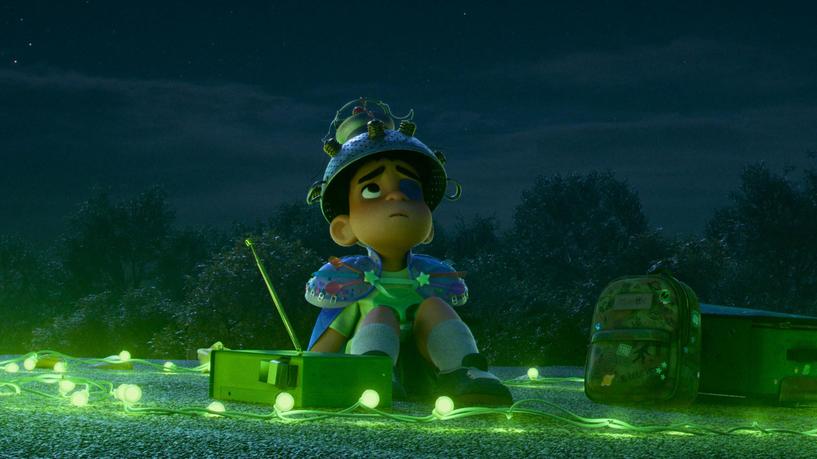
| Factor | Explanation |
|---|---|
| Traditional Statue Criteria | Statues reserved for figures with established legacies, usually posthumously. |
| Hitler’s Limited Time & Achievements | Insufficient years in power and lack of unique large-scale achievements prior to war. |
| Nazi Ideology | Emphasized collective over individual, portraying Hitler as self-sacrificing, not glorified leader. |
| Hitler’s Personal Preference | Avoided public self-glorification; preferred privacy for personal portraits. |
| Propaganda Focus | Promoted idealized Aryan Volk images rather than Hitler’s likeness. |
| Material Scarcity | War effort restricted resources for new monuments. |
- German statue tradition reserved public monuments for proven, historic figures, often posthumously.
- Hitler’s achievements did not fulfill these criteria during his lifetime before and early in World War II.
- Nazi ideology promoted collective identity and humility over individual glorification.
- Hitler personally avoided public statues or large portraits of himself.
- Propaganda focused mainly on symbolic representations of the German people rather than Hitler’s image.
- Economic and material constraints during war limited monument construction.
Why Were There No Hitler Statues in Nazi Germany?
There were no statues of Hitler in Nazi Germany because of tradition, ideology, timing, and practical reasons combined. Let’s unpack this curious absence of public monuments for arguably one of history’s most infamous leaders. It’s not as simple as just “no one wanted to make one.”
First off, statues in 19th and early 20th century Germany were reserved mainly for royalty, military heroes, and statesmen—people who had long established their legacies. Yes, Hitler was the Führer, but his rise to power was swift, and he hadn’t yet earned classic “statue-worthy” achievements, especially during the early Nazi years.
Statues Reserved for the Long Haul
Historically, statues were symbols of permanence and honor that only came after sustained achievements or death. Otto von Bismarck, the “Iron Chancellor,” had his first statue erected in 1877, decades into his career, and most others came posthumously, well after his death in 1898. Hitler, by contrast, rose to totalitarian power in 1933 and had only a few years before WWII erupted in 1939.
Those six years were filled with major propaganda efforts and political moves but lacked hallmark milestones typically tied to statues. Even the 1938 annexation of Austria, a momentous event known as the Anschluss, came too late and too close to war to spark impulive monuments celebrating him.
Hitler’s Personality Cult: The Man of Sacrifice, Not Self-Praise
Hitler’s image, carefully molded by Nazi propaganda, was that of a selfless savior of Germany, not a self-aggrandizing celebrity. The regime emphasized sacrifice over ambition. Statues immortalize triumph and legacy, but Hitler’s public persona was a mission not yet complete. Monuments would be “premature” and could suggest hubris while the country was bracing for war.
The Nazis prioritized the collective. Their propaganda favored the Volk, the German people as a unified group, over any individual cult of personality. This was evident in Nazi art and architecture. The grand plans for Berlin’s Volkshalle, Germania’s centerpiece, featured idealized, mythological Aryan figures—not real people, and certainly no living leaders.
Even Hitler’s personal spaces reflected this. His personal home, the Berghof, housed the only known portrait painted from life. Remarkably, his office in the Reich Chancellery didn’t feature any statues or grand portraits of himself—a striking absence given the regime’s obsessive control over image and propaganda.
Propaganda Focused on the “Ideal German” and Not Hitler’s Likeness
Most Hitler memorabilia—photos, busts, and paintings—were private enterprise products. The Nazi government was cautious with public imagery featuring Hitler himself. Postal stamps with his portrait were few and far between.
Posters and public art favored depictions of soldiers, mothers, workers, and children—idealized representations of the nation’s spirit. This strategy helped cultivate a shared identity and diverted attention from any single person, no matter how powerful.
Wartime Realities: Practical and Popularity Issues
By September 1939, World War II began. Erecting statues made of precious materials wasn’t practical. The war effort demanded steel, stone, and resources that would otherwise have gone into monument-building.
Additionally, Hitler’s popularity waned in the war’s later years. Public adulation in the early 1930s gave way to war fatigue, losses, and growing unease. Erecting statues during such a fragile period would have been risky and potentially backfired as morale and support fluctuated.
Summary Table: Key Reasons Why No Hitler Statues Existed
| Factor | Explanation |
|---|---|
| Tradition | Statues were traditionally reserved for long-established figures, usually after death or major lifetime achievements. |
| Limited Time | Hitler’s dictatorship from 1933–1939 was too brief to produce “statue-worthy” deeds comparable to figures like Bismarck. |
| Personality Cult | Hitler was portrayed as a self-sacrificing leader with a mission, not as a glorified individual deserving public statuary while still alive. |
| Nazi Ideology | Emphasis on the collective Volk discouraged elevating any single living person in monumental form. |
| Propaganda Focus | Propaganda highlighted idealized Germans, not Hitler’s personal image, to foster unity and identity. |
| Wartime Scarcity | Resources needed for war production outweighed any plans for statues. |
| Popularity Decline | Later war years saw declining support, making grand statues a political risk. |
Why Does This Matter Today?
Wondering why the infamous dictator, who inspired millions of propaganda posters and whose face is etched in global memory, never got a public monument? It highlights how power and image work differently in regimes obsessed with control. Hitler’s lack of statues shows that public monuments are not just about power—they’re about timing, image, ideology, and legacy.
This also reminds us that monuments reveal a lot about values at a given time, reflecting what a society admires or fears. Nazi Germany’s avoidance of statues wasn’t a sign of weakness, but a strategic and symbolic choice to emphasize the collective, defer final judgment until the mission’s completion, and conserve materials during wartime.
Want to Dive Deeper?
If you find this topic fascinating, check out The Hitler Myth: Image and Reality in the Third Reich by Ian Kershaw. It’s a detailed look into how Hitler and the Nazis crafted their public image, helping understand why Hitler put effort into controlling perception in ways other than statues.
In the end, sometimes the absence of something—like a simple statue—speaks volumes about a regime’s values and strategies. No Hitler statues stand, but the symbols of Nazi Germany’s dark legacy remain omnipresent.
Why were statues mostly reserved for royalty and generals in Germany?
Statues in 19th and 20th century Germany honored figures with long-established status or proven achievements. Kings and emperors were traditionally commemorated first. Generals and statesmen had to earn such recognition.
Did Hitler’s achievements qualify him for statues during his rule?
Hitler’s early achievements, like fighting in World War I and receiving the Iron Cross, were shared by many Germans. His major annexation of Austria happened late in 1938, too close to the war to justify statues.
Why did Nazi ideology discourage statues of Hitler during his lifetime?
The Nazi regime emphasized the collective over the individual. Hitler’s image was that of a self-sacrificing leader, so public statues were seen as premature until his mission was complete.
Did Hitler personally want statues of himself in public spaces?
No. Hitler preferred to keep portraits of himself private. Only one portrait painted from life existed, which was kept in his home, not displayed publicly.
How did World War II affect the production of Hitler statues?
With war resources scarce, materials were prioritized for war efforts. Erecting statues would have seemed wasteful. Also, celebrating Hitler publicly amid an undecided war was seen as risky and arrogant.
